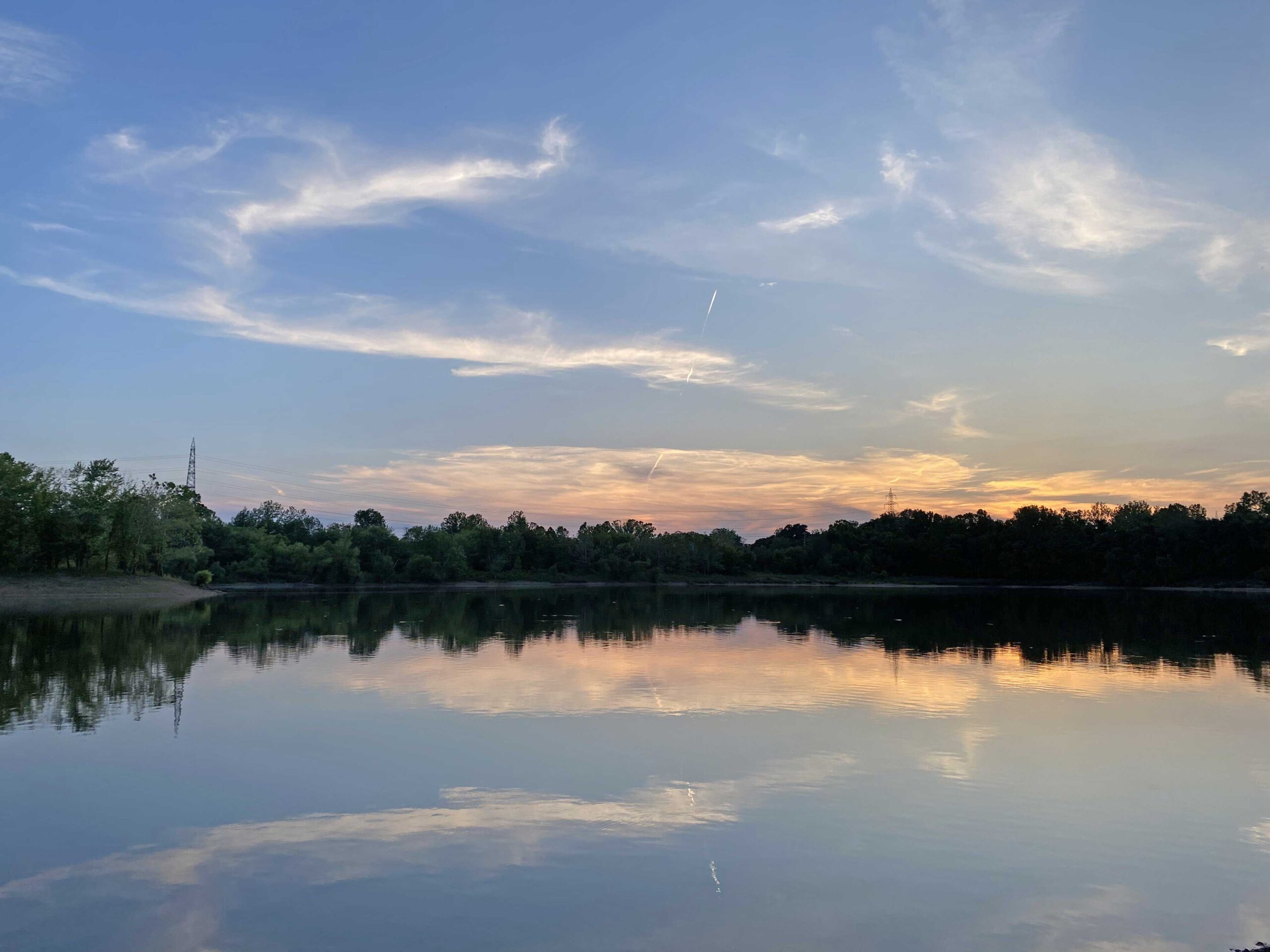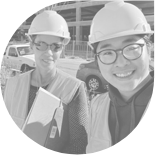
Water is essential to life and connects everything in our environment. In nature, healthy landscapes act like sponges — they soak up water, filter it, store it, and slowly release it. This process helps prevent flooding, recharge groundwater, keep water clean, and support plants, wildlife, and people. When land is developed, these natural systems are often disrupted. Thoughtful site design can bring them back by encouraging water to soak into the ground, evaporate, and flow in a balanced way. Well-designed landscapes and buildings can work with the water cycle, not against it — protecting natural water sources while creating resilient, attractive places. (more…)
Sep 3, 2025











